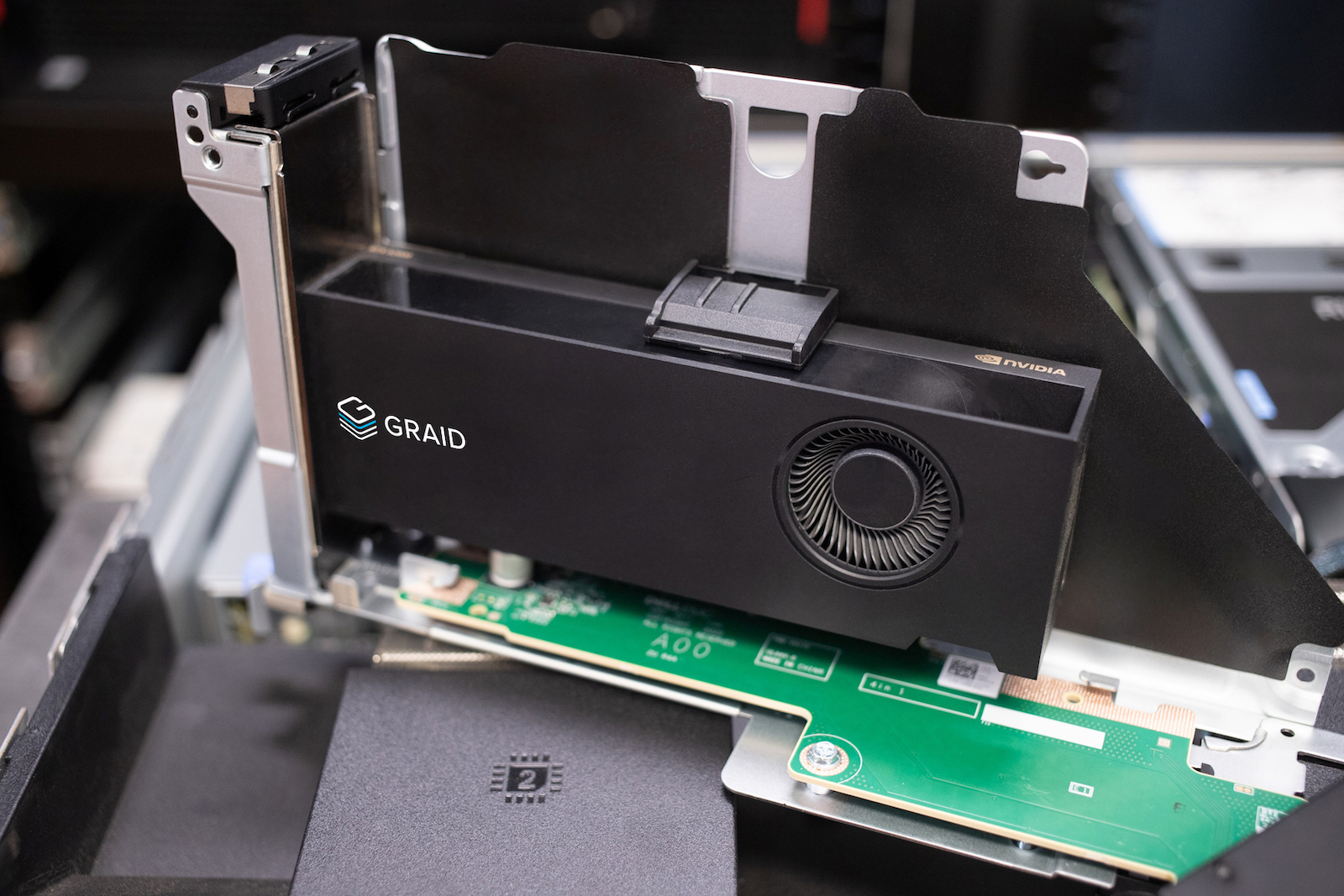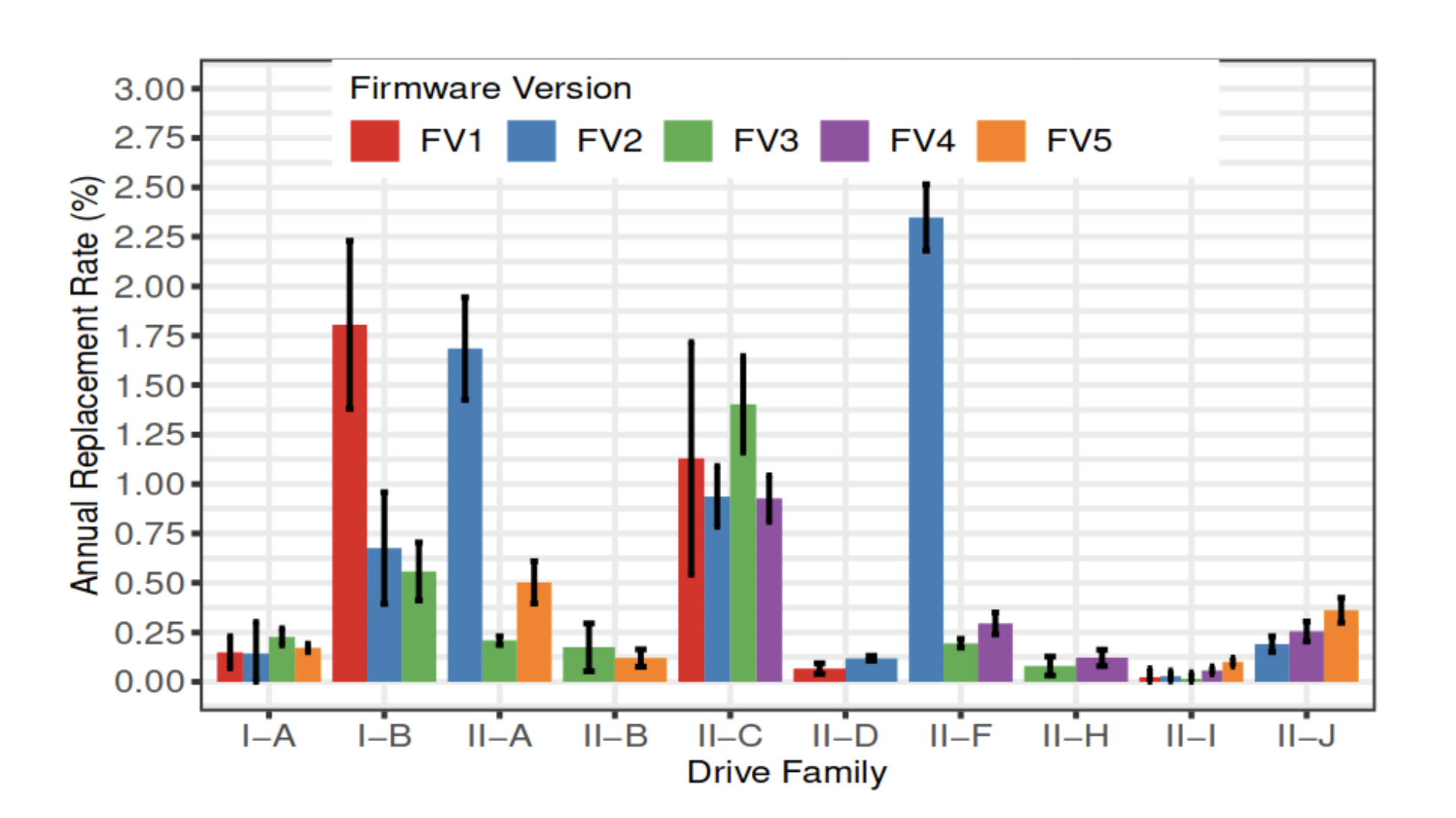At Gestalt IT, we talk to a lot of companies. We’re always on the look out for the latest and greatest in enterprise IT. Sometimes we’ll talk to companies that promise a “revolutionary new approach” to a familiar category. While often interesting, most briefings fall something short of revolutionary. Interesting sure, but seeing something new isn’t an everyday thing. So when Storbyte contacted me about a brand new approach to flash storage, I was hopeful, but a little skeptical. After seeing what they’re doing, I can safely say they are doing something new and interesting.
The company just launched today with an interesting new product, an SSD drive called ECO-FLASH. The drive was developed to meet the need of defense agencies. They needed multi-petabyte scale, the ability to handle high volume write-over-write conditions, and oh yeah, lots of durability on a budget. Needless to say that’s a tall order.
Storbyte focused on the durability issues, as they wanted to find a way to upend the cost structure and warranty that comes with traditional flash storage. The answer was ECO-FLASH and a rather unique architecture. If looked at from a spec sheet perspective, ECO-FLASH drives come in 4-32TB capacities with a dual ported 12Gb SAS interface, capable of hitting 1.5M IOPS.

Yo dawg, I heard you like RAID
Instead of a more traditional approach to an SSD, Storbye’s doing something I’ve never seen before. Each drive uses 16 mSATA modules, which run in a modified RAID 0. If this wasn’t unusual enough, the mSATA modules are grouped into fours, with a proprietary ASIC called Hydra managing load balancing across them. So we’ve got 16 mSATA modules, 4 Hydra ASICS, all managed by another Master Hydra ASIC. All of this is designed to maximize the number of targets to stripe data across, and thereby increase performance.
Interestingly, the drive itself supports different RAID levels. In a typical data center storage rack, where you’d have multiples of these drives going within an overall data protection scheme, the performance boost of RAID 0 is acceptable. But Storbyte told me that in some military applications, where you only have one drive on a device, the individual ECO-FLASH drive can be set to use RAID 5 or 6, thereby providing in-drive data protection. Outside of military applications, I can see this being useful in edge deployments as well. The good thing is, setting the RAID level for ECO-FLASH is just a configuration setting, no weird hackery required.
But the point of this configuration isn’t just to maximize performance, it’s to offer improved endurance as well. To this point, Storbyte significantly undervolts each mSATA drive, down to an average of 25% nominal voltage.
Also playing into how Storbyte optimizes for performance and endurance is how they handle partial writes. In a typical flash array, partial writes to a cell are only cleaned up after 10-20% of cells are filled. This is pretty typical garbage collection, done during periods of low utilization. But this approach requires significant overprovisioning of storage, and incurs significant extra writes during the garbage collection. As the array becomes full, performance impacts become more pronounced.
Instead, Storbyte does real time inline cleanup on the very next write. This is another benefit having the Hydra ASICs onboard. Over time, this leads to significantly less writes across the flash media, and better endurance in the long run.
These architectural decisions allow Storbyte to offer a 10-year warranty on ECO-FLASH, significantly without any read/write per day limitations.
Storbyte is taking an interesting approach to market with this, targeting system integrators. They’ll offer 1, 2, and 4U units, with support for up to 48 ECO-FLASH drives and 1.5PB raw capacity. This is combined with an interesting 60-drive JBOD Expansion product, which they see as a way to replace tape drives. The JBOD Expansion is able to power down any drive that’s not in use individually, only powering up once a quarter to do some integrity checking. Otherwise the solution offers archival capabilities at 0 power draw. There’s a lot of clever engineering surrounding this storage ecosystem, but for long term archives, I still think tape has the advantage with documented longevity.
For a company launching to the public, Storbyte is able to tell a remarkably complete story. Increasingly we’re seeing storage companies moving to pure commodity hardware and differentiating with software. Storbyte pulls away from this trend a bit, using commodity mSATA with their unique Hydra ASIC architecture. When I first heard that they were doing RAID 0 within a drive, I was a little incredulous. But this architecture enables them to offer impressive warranty-back endurance with the performance you’d expect from a modern AFA.




